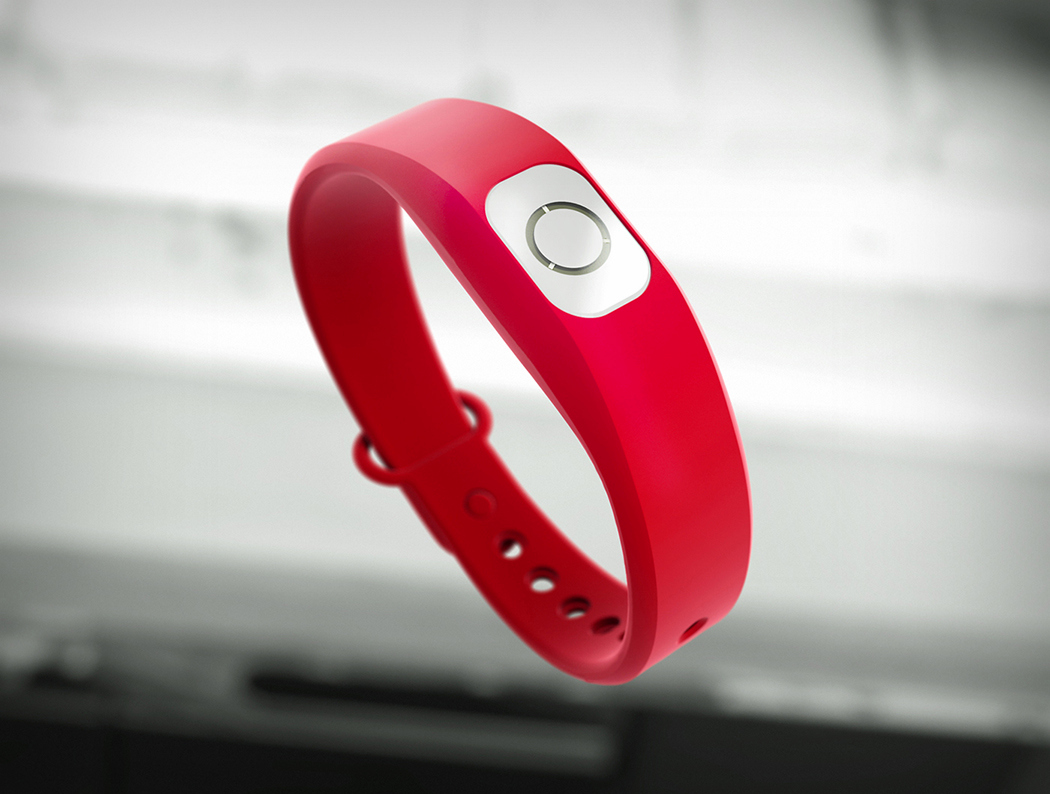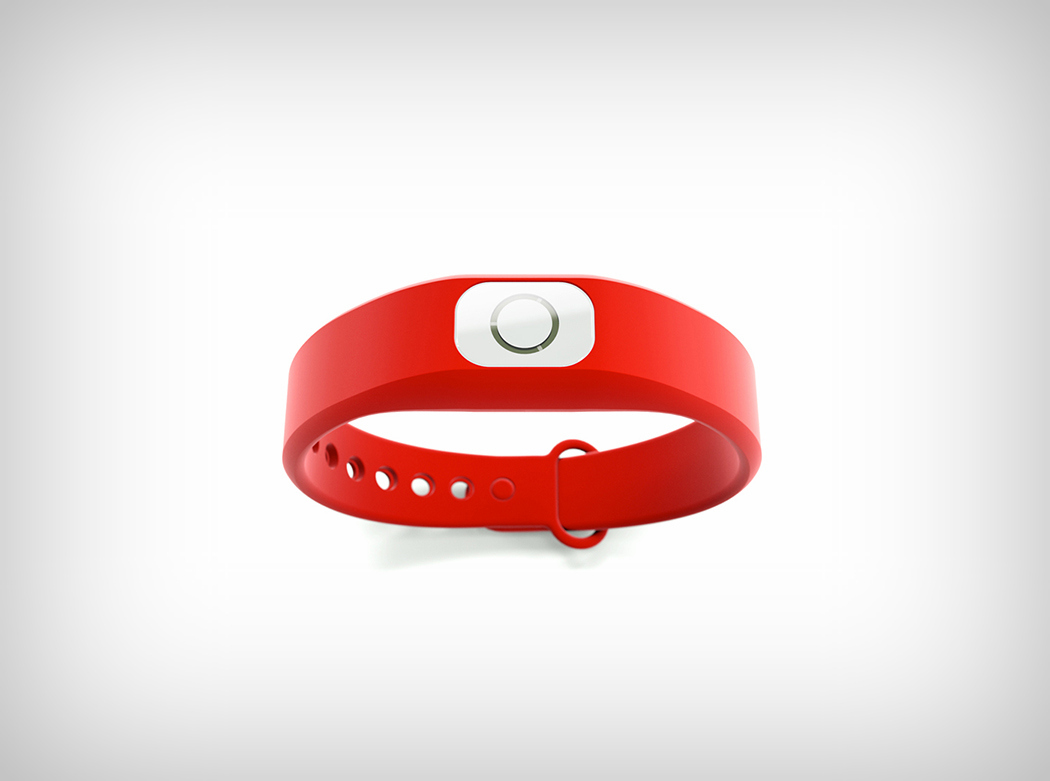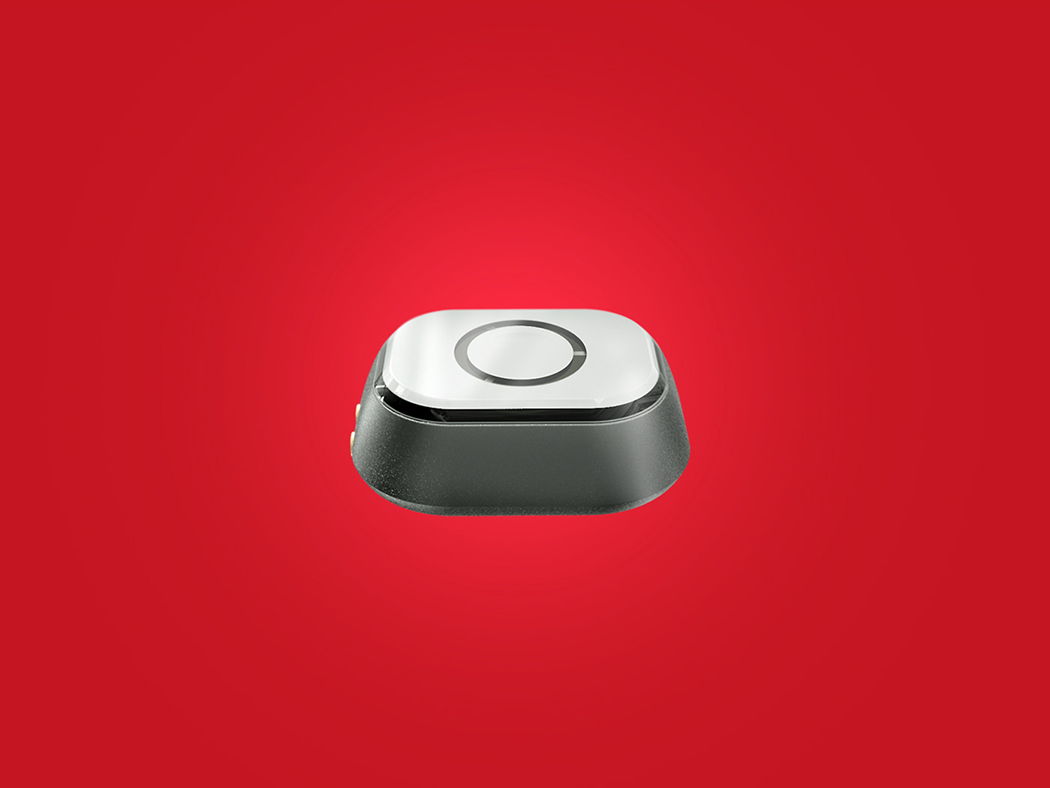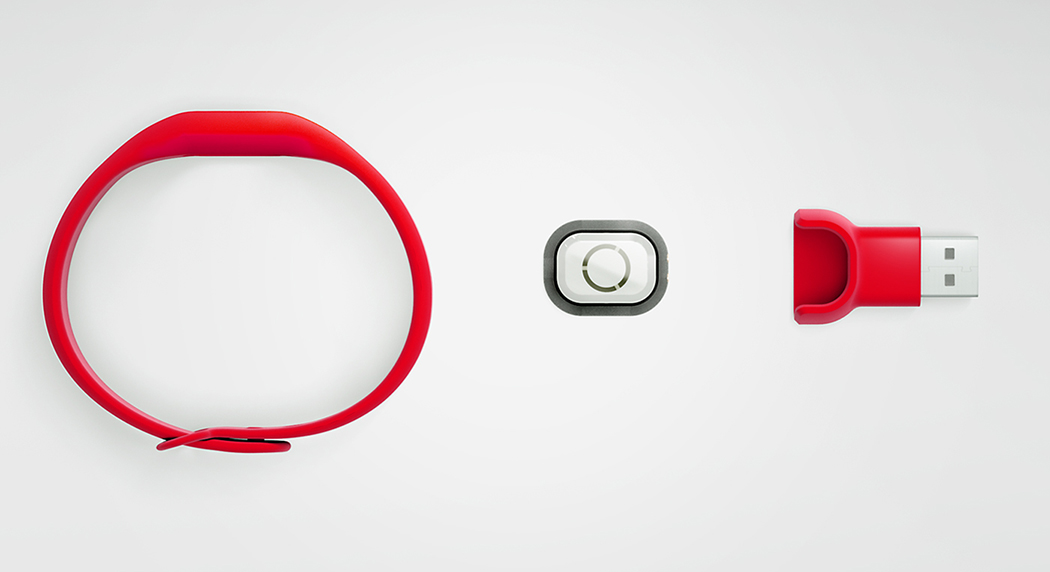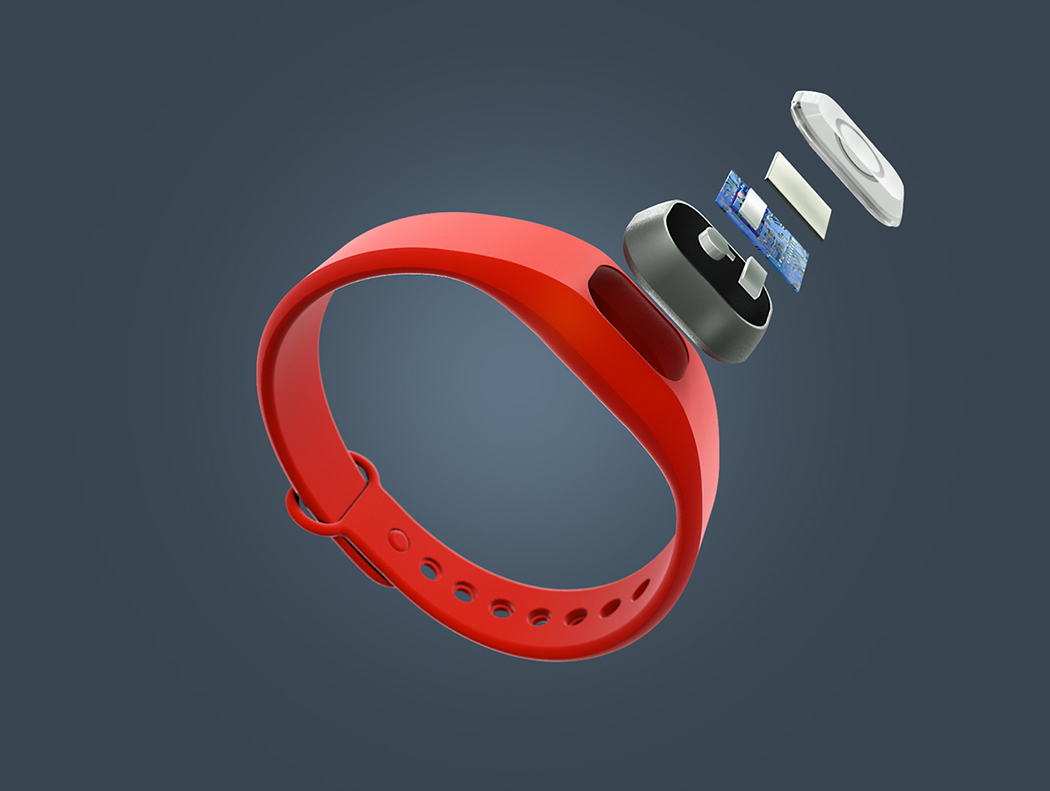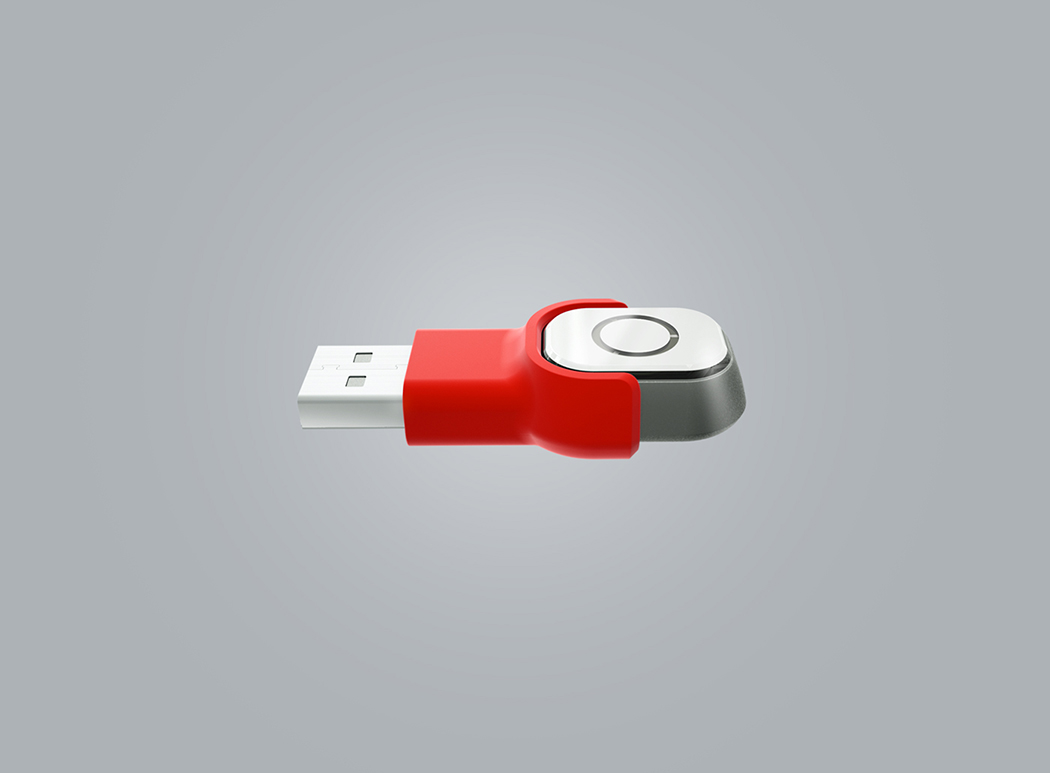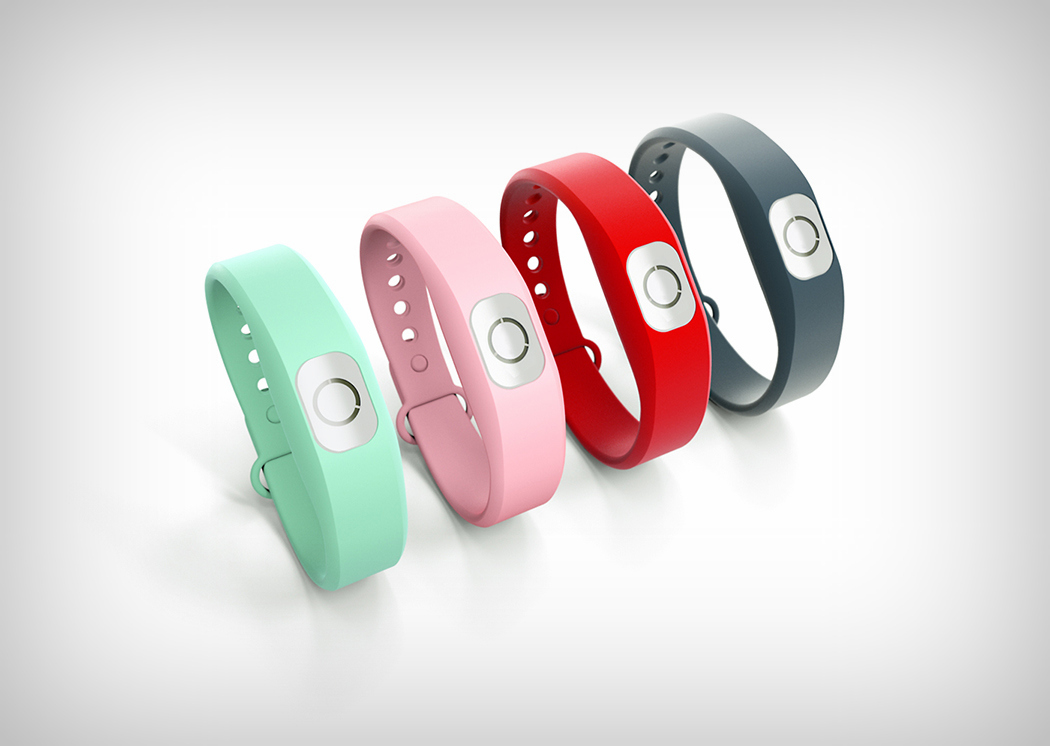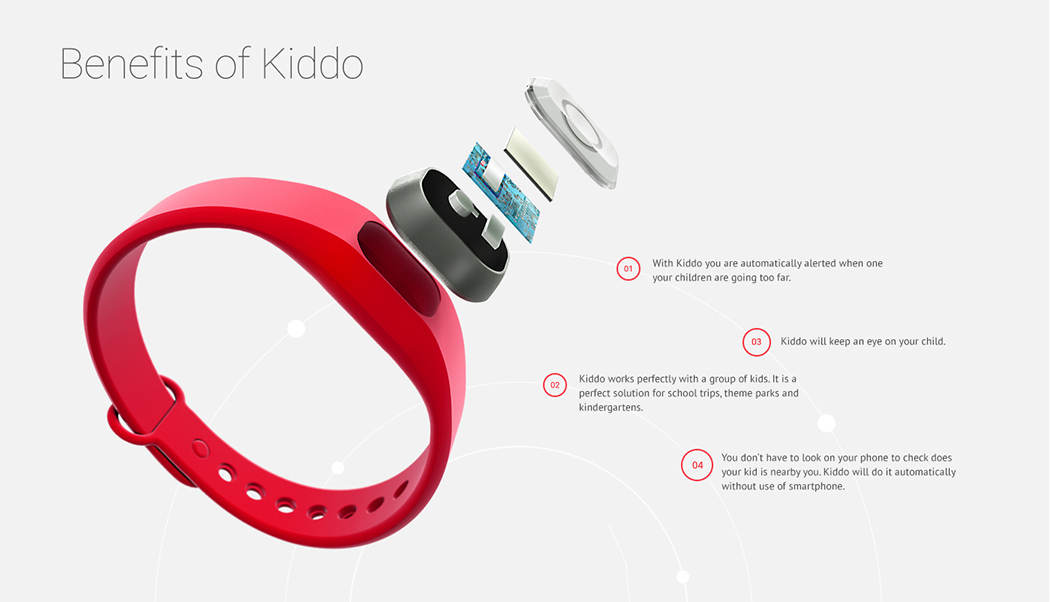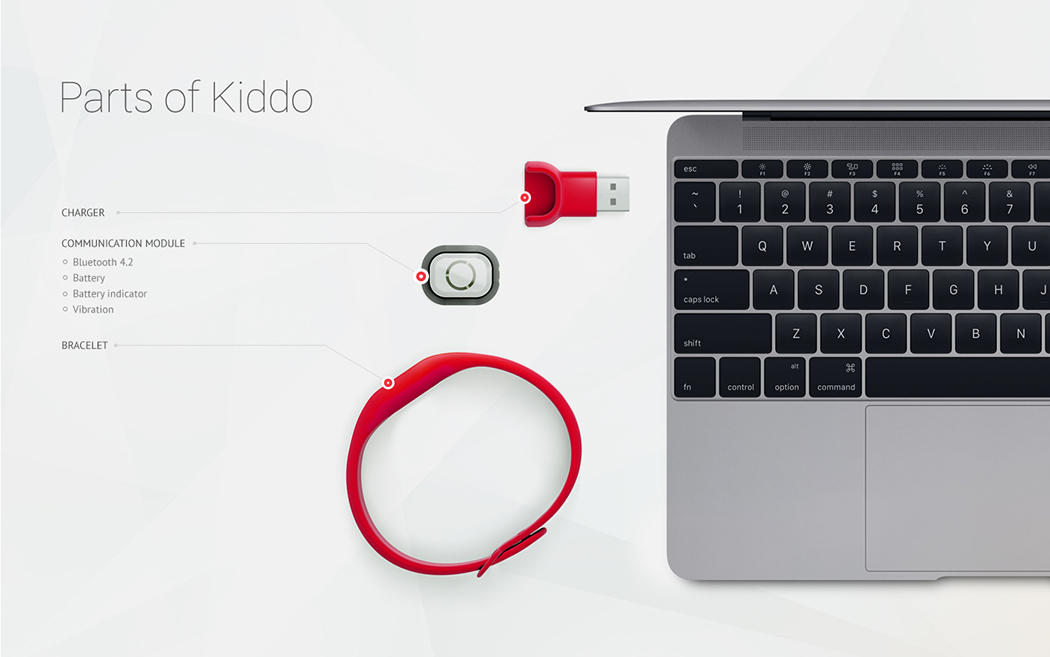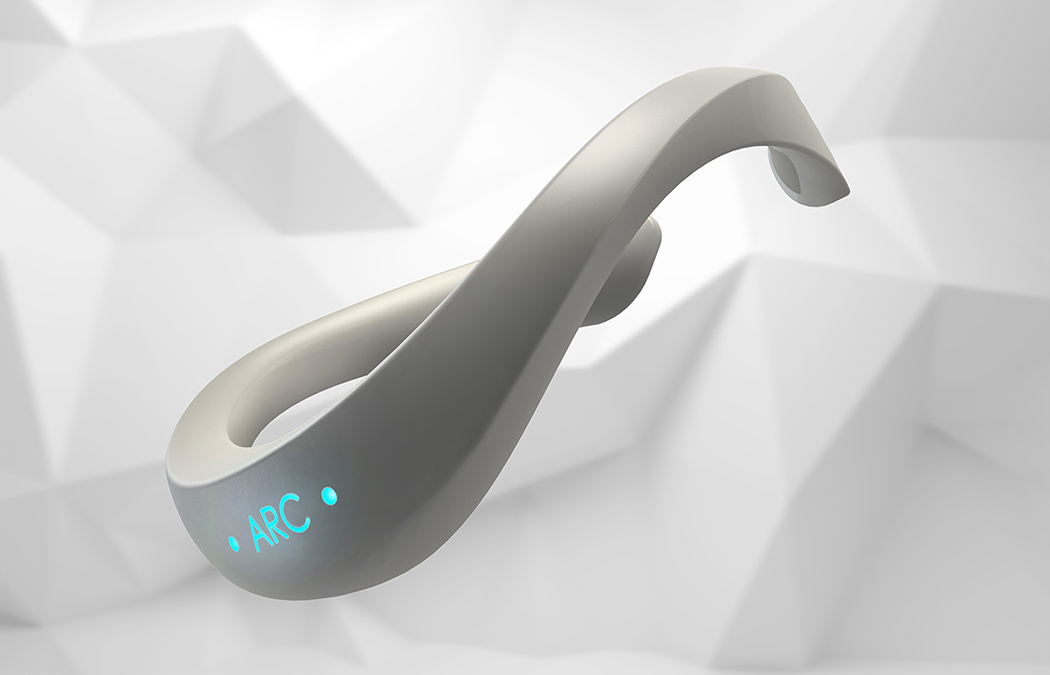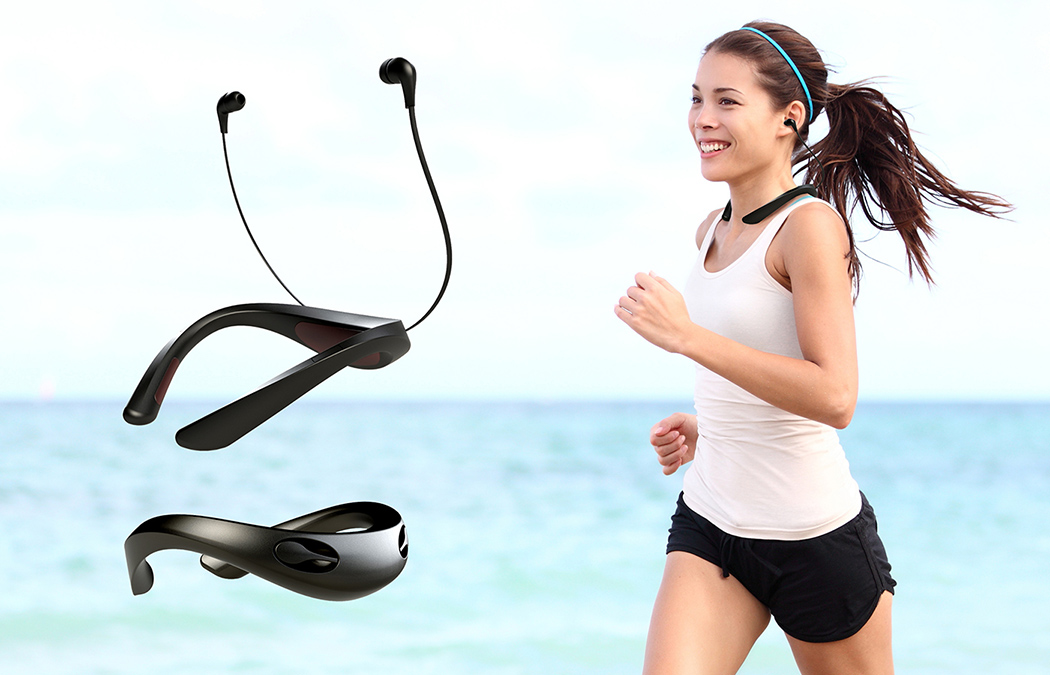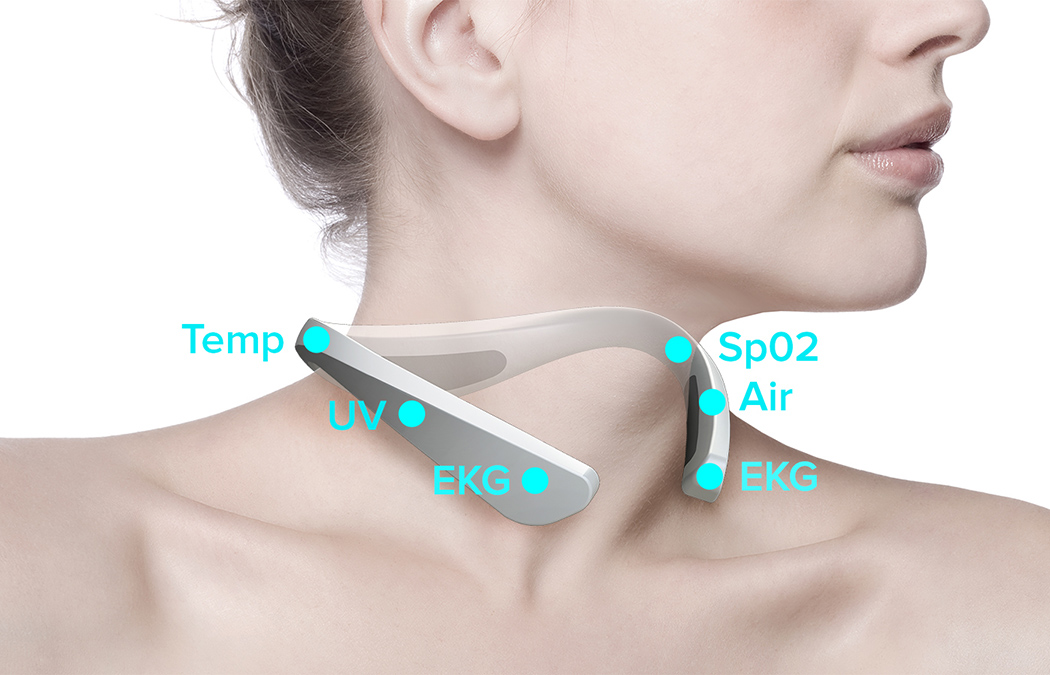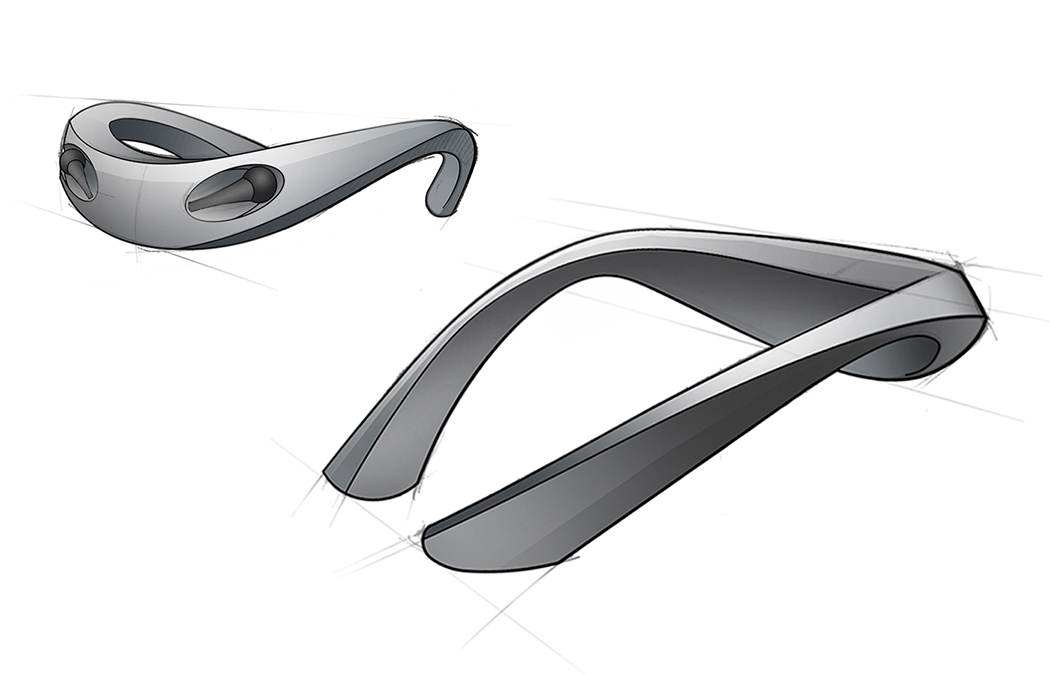Wearable tech and pain relief aren’t typically found in the same sentence, let alone in the same device, but iTENS, a medical gadget that will be launched at CES 2016, brings these two concepts together for the first time ever.
iTENS, an Akron, OH-based healthcare and technology startup that made a goal out of reducing, or even eliminating pain altogether. The company’s eponymous device has recently been cleared by FDA, and after a short visit at next week’s Consumer Electronics Show, should become available in a commercial form, to the relief of the ones suffering from chronic pain.
Transcutaneous Electrical Nerve Stimulation (TENS), has been one of the healthcare providers’ main solutions for treating or at least alleviating pain for a few decades now. The devices used for this type of therapy emit tiny electrical signals through the skin that prevent pain signals from getting to the brain. In doing so, the device also stimulate the release of endorphins, which represent the body’s natural painkillers.
“The iTENS device was created for people who are in need of a portable, convenient method of pain management that doesn’t involve taking prescription medication,” explained iTENS CEO Joshua Lefkovitz. “We designed the iTENS to be thin, flexible, discreet, and easy to operate with the push of a button from the iTENS app.”
As Lefkovitz pointed out, the device represents a portable method of dealing with pain, and that is one of the highlights of iTENS. It is the first true wireless TENS therapy device that comes with a companion app for iPhones and Android devices. To grasp the revolution brought forward by this company, try to imagine that TENS devices normally include a separate unit and wires, whereas iTENS only involves an electrotherapy device that communicates via Bluetooth with smartphones running the companion app.
It should be noted that, at the most, smartphones have been used in tandem with medical gadgets either for gathering statistical data or for providing biofeedback. The iTENS takes an entirely different approach, as it actually delivers therapeutic treatment stimuli that lead to instant and durable pain relief.
iTENS has been classified as a medical-grade device that doesn’t require a prescription, so once it will be commercially available, people in pain will be able to purchase it right away. The included Li-Ion battery enables people to use the device for up to 24 hours on a single charge, with the only consumables remaining the peel’n’stick gel pads. Even those are reusable, but should users need to replace them, they will find these at affordable prices.
To learn more about the iTENS wireless, app-enabled medical gadget, head over to the manufacturer’s website, or if you happen to be in Las Vegas next week, check out the booth #74926 at the “Living in Digital Times” section of the CES 2016 tradeshow, which is set to take place between January 4-9.
Be social! Follow Walyou on Facebook and Twitter, and read more related stories about the Goldfinger smart glove that is powered by finger movements, or the software that analyzes face videos to determine pain levels.



